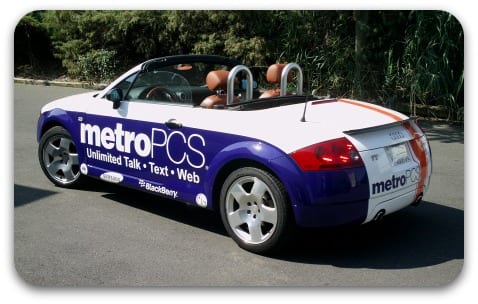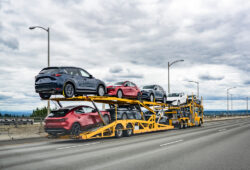Unveiling the Reality of Car Wrap Advertising: Is It Truly Sustainable?
In the world of advertising, innovative methods continually emerge, aiming to capture consumer attention in unique ways. One such method that has gained traction in recent years is car wrap advertising. It’s an approach where brands utilize vehicle exteriors as mobile billboards, transforming cars into moving advertisements. However, despite its initial allure, is car wrap advertising a sustainable and effective long-term strategy?
The Hype Surrounding Car Wrap Advertising
The concept is simple yet ingenious: transform vehicles into rolling advertisements. Businesses leverage this method to maximize exposure by reaching diverse audiences in various locations. With eye-catching designs and strategic placement, branded cars become an engaging and attention-grabbing marketing tool. The promise of high visibility, repeated impressions, and mobility presents a tantalizing proposition for brands seeking innovative ways to stand out in a crowded advertising landscape.
The Challenges and Sustainability Issues
While the concept appears promising, the reality of car wrap advertising reveals potential challenges and limitations that might hinder its sustainability.
Cost-Benefit Ratio: Car wrapping involves design, printing, installation, and maintenance costs. While it may offer visibility, measuring the return on investment (ROI) can be challenging. Businesses might question the efficacy of this method in converting impressions into tangible leads or sales.
Wear and Tear: The durability of car wraps is a significant concern. Constant exposure to weather elements, road debris, and regular wear and tear might lead to the deterioration of the wrap. This raises questions about its longevity and the need for frequent re-wrapping, adding to the overall expenses.
Target Audience and Reach: Although the wrapped vehicles move around different locations, there’s uncertainty regarding whether the intended target audience is being reached effectively. The effectiveness largely relies on the drivers’ routes and the areas they frequent, potentially limiting the exposure to specific demographics.
Regulations and Restrictions: Various cities and municipalities have specific regulations concerning commercial wraps on vehicles. Compliance with these rules and limitations may further constrain the potential reach and impact of this advertising method.


































































